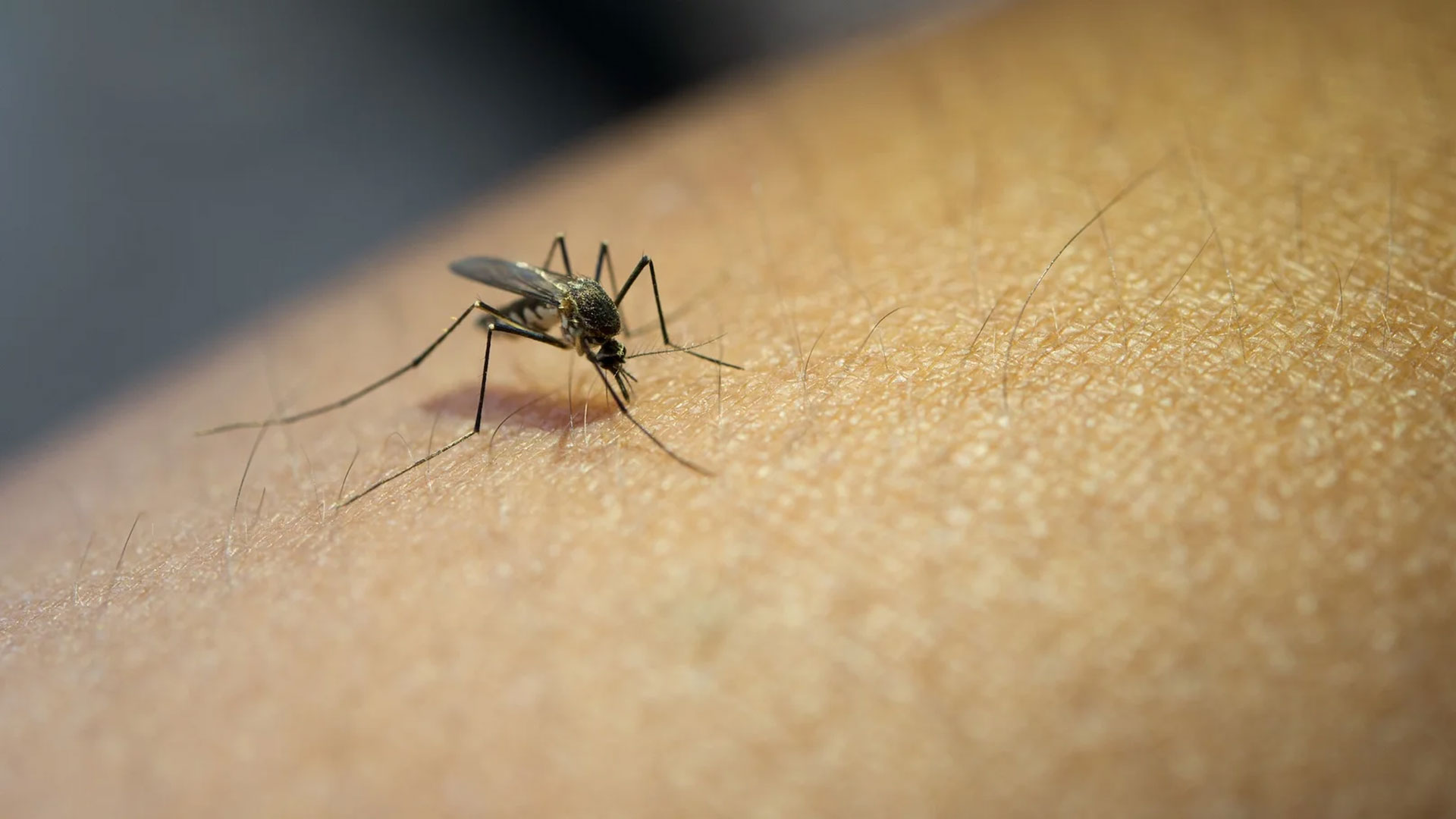
According to genetic theory, aging, like many of our other characteristics, is a programmed feature and is sensitively engraved in our genes in a way that is different for each of us. It is thought that it may be due to a biological program processed into individual cells or a center such as the brain where the whole system is managed. It has been reported that there are differences in genetic aging according to race. In the extrinsic aging theory, UV, smoking, excessive alcohol, poor nutrition, constant wear, free radicals, accumulation of waste, etc. It is thought that the damage caused by these events on our genes and proteins is effective. When we look at the current theories of aging, we see that both origins are effective and the assumptions are connected to each other with complex cause-effect relationships. Most likely, many mechanisms act together to initiate and sustain aging by causing deterioration and damage first at the molecular, then at the cellular, and then at the organ level.
Aging theories:
- Cell cycle theory
- Oxidation-reduction theory
- Mutation theory
- Free radical theory
Skin is a tissue that is more prone to aging, especially due to contact with external factors. External factors include ultraviolet rays, cigarette smoke, automobile exhaust and industrial waste. Cellular DNA is constantly damaged internally and externally. This damage applies not only to genomic DNA but also to mitochondrial DNA. Since most of the free oxygen radicals in the cell are produced in the mitochondria, mitochondrial mutations are more common with aging. Therefore, it can be assumed that mitochondrial damage may occur earlier in tissues with faster metabolism. Accumulated damage to genomic and mitochondrial DNA plays an important role in premature aging of cells. Following exposure to gamma and ultraviolet rays, there is an increase in spontaneous DNA damage and a decrease in DNA repair in cells. Besides DNA damage, the aging process also involves protein damage. The conversion of D-amino acids into L-amino acids in protein greatly affects protein function. With the aging process, sugar aldehydes combine with amino acids in proteins, causing brown color transformation and loss of function. This process affects extracellular matrix proteins, especially dermal collagen. The first aging-related changes seen in skin exposed to sunlight are dryness, coarsening, laxity and the appearance of benign neoplasias.
Apart from green tea, black tea used orally and topically has also been found to play an important role in sun protection. A study found that black tea extracts reduced the erythema and skinfold thickness associated with UVB-induced cancer formation in keratinocyte cultures in humans and animal models.
In our study at Marmara University, the protection of black gel against erythema caused by artificial UV source was demonstrated with gel formulations. In the studies carried out, the UV protection activities of gels obtained from black and green tea were demonstrated through in vivo and in vitro tests, and stability studies and in vitro toxicological tests were carried out. The fact that both tea gels have similar UV protection potential suggests that this is due to EGCG, which is found more in green tea, and theaflavin, which is only found in black tea. It has been shown that caffeine alone, which is known to have UV protective properties, is not sufficient for this protection, and polyphenols are effective in UV protection.
Cosmetic and nutraceutical products prepared from black and green teas also have antioxidant, anti-carcinogenic, anti-inflammatory and wound healing potential in skin aging.
According to genetic theory, aging, like many of our other characteristics, is a programmed feature and is sensitively engraved in our genes in a way that is different for each of us. It is thought that it may be due to a biological program processed into individual cells or a center such as the brain where the whole system is managed. It has been reported that there are differences in genetic aging according to race. In the extrinsic aging theory, UV, smoking, excessive alcohol, poor nutrition, constant wear, free radicals, accumulation of waste, etc. It is thought that the damage caused by events on our genes and proteins is effective. Catechins, found in both green and black tea, have also been discovered to have anti-inflammatory, anti-aging, and wound-healing properties. Evidence obtained from studies shows that catechins are not only a group of reactive oxygen species (ROS) scavengers that act as antioxidants in the epidermis, but also act as modulators of different gene groups and signaling pathways. When applied topically, green tea polyphenols reduced inflammation, ornithine decarboxylase activity, hyperplasia, and hydrogen peroxidase production, suggesting that these substances serve as regulators of both antioxidant and enzymatic activities. Cosmetic and nutraceutical products prepared from black and green teas also have antioxidant, anti-carcinogenic, anti-inflammatory and wound healing potential in skin aging.
1. Afaq F, Ahmad N, and Mukhtar H, Suppression of UVB-induced phosphorylation of mitogen-activated protein kinases and nuclear factor kappa B by green tea polyphenol in SKH-1 hairless mice. (2003).
2. Afaq F, Katiyar SK, Polyphenols: skin photoprotection and inhibition of photocarcinogenesis. (2011).
3. Agarwal R, et al., Inhibition of skin tumor promoter-caused induction of epidermal ornithine decarboxylase in SENCAR mice by polyphenolic fraction isolated from green tea and its individual epicatechin derivatives. (1992).
4. Ahmad N and Mukhtar H, Cutaneous photochemoprotection by green tea: a brief review. (2001).
5. Allı N, Deri yaşlanmasında hücresel ve moleküler mekanizmalar. (1998).
6. Dönderici L, Taşpınar A, Deri yaşlanması. (1994).
7. Ertuğrul HM, Deri yaşlanması. (2013).
8. Gedik G., Uğurlu T., A preliminary screening study with dermal tea formulations against 311 nm ultraviolet B radiation. (2022).
9. Hadshiew IM, Eller MS, and Gilchrest BA, Skin aging and photoaging: the role of DNA damage and repair. (2000).
10. Heinrich U, et al., Green tea polyphenols provide photoprotection, increase microcirculation, and modulate skin properties of women. (2011).
11. Hsu S, Green tea and the skin. (2005).
12. Hsu S, et al., Green tea polyphenols induce differentiation and proliferation in epidermal keratinocytes. (2003).
13. Kosmadaki MG and Gilchrest BA, The role of telomeres in skin aging/photoaging. (2004).
14. Oğuz O, Yaşlılık ve deri. (2002).
15. Türkoğlu M, et al., In vivo evaluation of black and green tea dermal products against UV radiation. (2010).
16. Tüzün Y, Dolar N, Fotoyaşlanma ve kronolojik yaşlanma arasındaki farklar. (2005).
17. Wulf HC, et al., Skin aging and natural photoprotection. (2004).
18. Yetkin H, Ceyhan AM, and Yıldırım M, Deri yaşlanması ve tedavisi. (2009).













